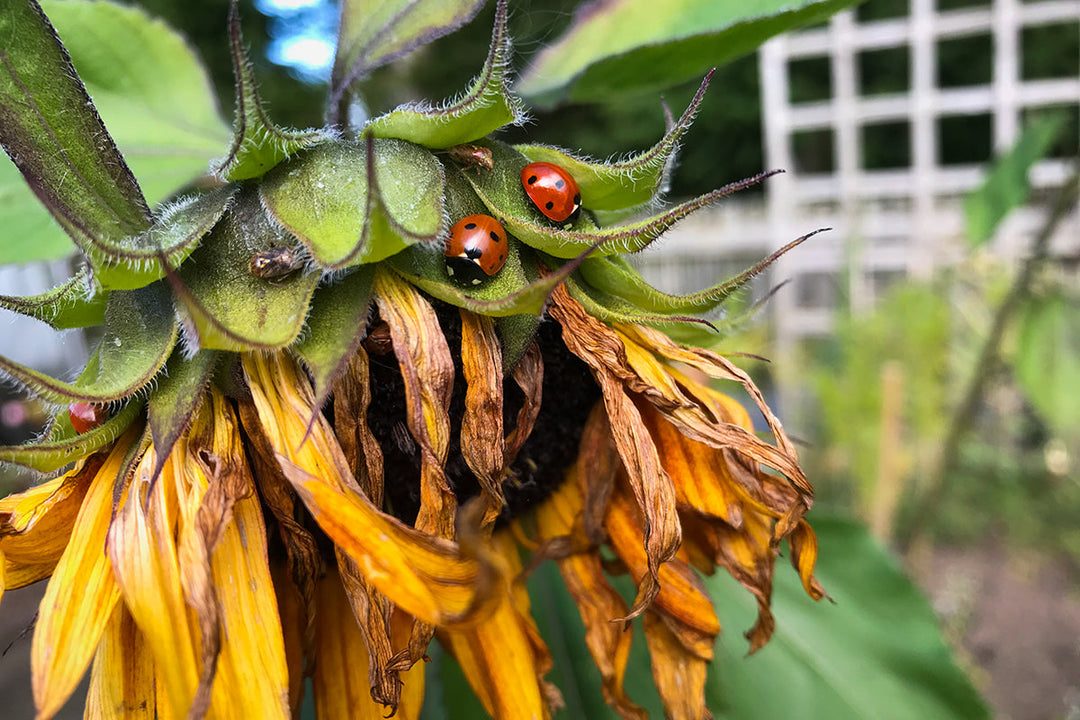Body,soul and gardening - pleasure from your front garden

As well as increasing kerb appeal and improving the environment, having an abundantly planted front garden has a range of health and well-being benefits, scientists believe. In fact, RHS research has shown that adding a few plants to a bare front garden reduces stress levels by as much as eight mindfulness sessions.
Neatly-clipped yew or osmanthus balls will create a backbone of evergreen structure and a hedge will absorb pollution and increase wildlife. Then add your colour with perennials and shrubs that flower throughout the season – winter-flowering beauties such as cyclamen and hellebores and mood boosting scented shrubs such as Viburnum x burkwoodii, daphne and sarcococca can be enjoyed every day as you pass them. Summer-flowering aromatic flowers include lavender, roses, jasmine and honeysuckle. Wisteria will also create a wow factor.
A small ornamental specimen tree with blossom and autumn colour, such as an Amelanchier lamarckii, cherry, magnolia, hawthorn or acer, will add a structural element and seasonal interest to a front garden. Hard-working perennials such as Alchemilla mollis, nepeta, geraniums, erigeron, and drought-tolerant sedum for sun, or ferns and anemones for shade, are good fillers. Ornamental grasses and tall perennials create movement in sunnier front gardens.
You could also consider replacing a lawn with raised beds for growing vegetables. Depending on the aspect, there’s a wonderful range of produce to consider from salad greens and rocket to cucumbers courgettes, strawberries, raspberries and blackcurrant. Finally, a bench tucked somewhere with a little screening is another way of both enjoying your garden as well as your community. Then invite your neighbours over for a coffee or an evening gin and tonic on a sunny summer’s day – you could start a trend on your street.











